
Image by Robert fridzema from Pixabay
All Clownfish babies are born male.
Clownfish are protandrous hermaphrodites. When clownfish eggs hatch, all of the newborns are males. As they mature, the largest and most dominant male will undergo a sex change and become a functional female. A clownfish group consists of a dominant male and female and 0-4 juvenile males. When the female dies, the dominant male changes sex to become the dominant female and one of the juveniles becomes the dominant male.

The Eiffel tower in paris, France grows by 15-17cm in summer due to thermal expansion of iron.
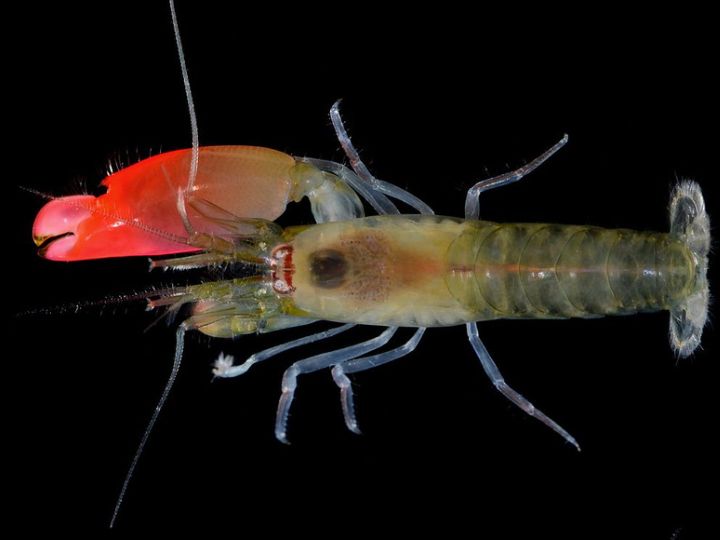
Image by Arthur Anker, CC BY 3.0, via Wikimedia Commons
The Pistol Shrimp’s claw shots are louder than a pistol.
Pistol shrimp have elongated bodies and one oversized claw that is larger and more powerful than the other. The oversized claw of the pistol shrimp is capable of snapping shut with incredible speed and force, creating a loud popping sound. This snap is one of the loudest sounds produced by any animal, reaching up to 218 decibels, which can stun or even kill small prey.
Even if you eat standing on your head, the food would reach your stomach.
The position of the body, such as standing upright or being upside down, does not significantly affect the movement of food through the digestive tract. The movement of food through the esophagus is facilitated by coordinated muscle contractions called peristalsis. These contractions help push the food downward regardless of body position. And gravity plays a minimal role in the movement of food through the digestive system. So, whether you eat while standing upright or in an inverted position, the food will still move through the digestive tract and reach the stomach due to the coordinated muscle contractions involved in the process.
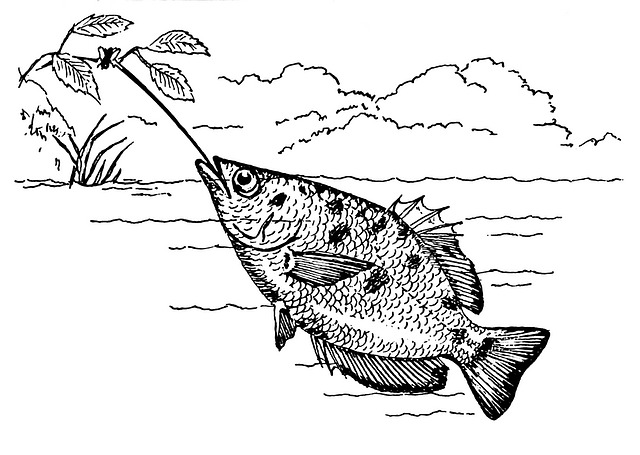
Archerfish shoots its enemy with perfect aim.
Archerfish have the amazing ability to accurately aim and shoot a jet of water at their prey.. They can adjust the power and trajectory of their shots based on the distance and position of their prey. They have specialized mouths that form a groove, allowing them to spurt a powerful stream of water. Archerfish primarily feed on insects, such as flies, moths, and beetles, that are within their reach
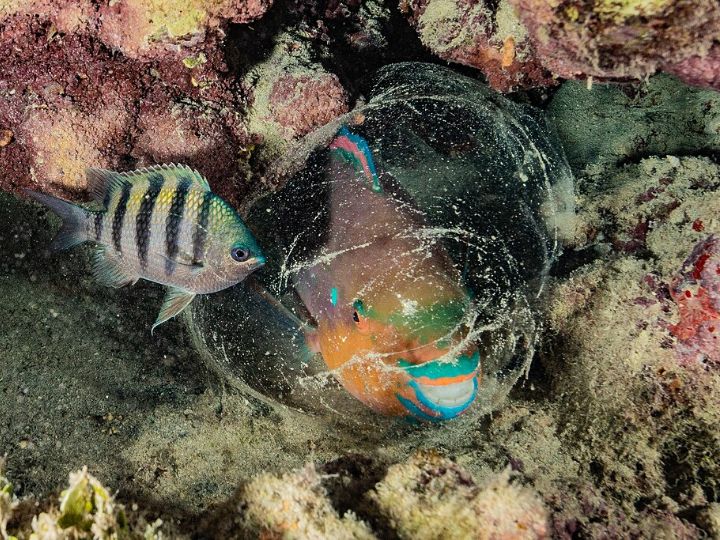
Image by RobertoCostaPinto, CC BY-SA 4.0, via Wikimedia Commons
Parrotfish build sleeping bags made of mucus.
Some species of fish, like the Parrotfish, have the ability to produce a mucus bubble around their bodies at night. This bubble acts as a sleeping bag, protecting them from predators. At night, when parrotfish settle down to rest, they secrete a mucus layer that envelops their bodies. This mucus acts as a chemical camouflage, masking their scent and making it more difficult for predators to detect them while they sleep. By secreting mucus, parrotfish create a slimy coating that helps reduce the chances of being detected by nocturnal predators, such as moray eels and other fish species that may prey on them.
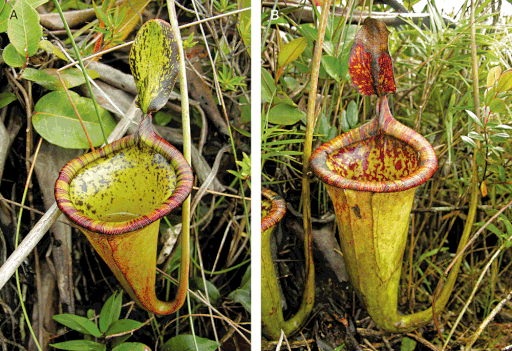
Image by Alastair S. Robinson, CC BY-SA 4.0, via Wikimedia Commons
The Nepenthes attenboroughii is the world's largest carnivorous plant.
It catches in its huge vase-shaped pitcher leaves. It is sometimes called the "Monkey cup" because monkeys like to drink out of its pitchers.

Istanbul in Turkey is the only city to straddle(to be on both sides) two continents-Europe and Asia.
The city that straddles two continents is Istanbul, Turkey. Istanbul is the only city in the world that is located on two continents, Europe and Asia. The city is divided by the Bosporus Strait(a 31-km-long waterway that connects the Black Sea with the Sea of Marmara), with the European side on the west and the Asian side on the east. This geographical position has played a significant role in the city's history, culture, and architecture, making Istanbul a fascinating and unique destination for visitors.
Researchers have found that the part of brain that controls the thumbs is much more active in people who use touchscreens everyday.
The brain takes 0.03 seconds to send messages to the muscles to correct the body if you start to lose your balance.
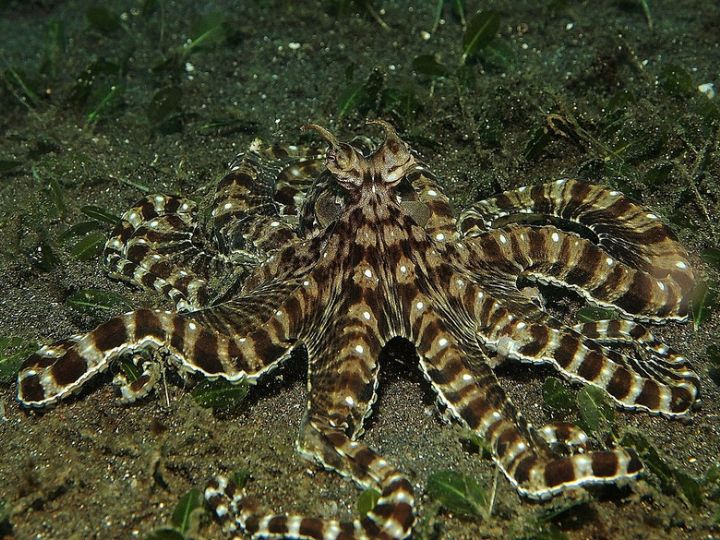
Image by Steve Childs, CC BY 2.0, via Wikimedia Commons
The mimic octopus can impersonate other animals.
The mimic octopus (Thaumoctopus mimicus) has the remarkable ability to change its color, shape, and behavior to imitate other marine animals. It can mimic various species, including poisonous animals like lionfish, venomous sea snakes, flatfish, and even stingrays. This mimicry serves as a defense mechanism, helping the octopus to deter potential predators.
The human body contains a tiny amount of gold.
Yes, the human body contains a small amount of gold. However, the concentration of gold in the human body is extremely low, and less than the weight of a grain of sand. The average human body contains an estimated 0.2 milligrams of gold. This gold is mainly found in the blood, with some traces also present in other tissues like the skin, hair, and nails. The exact role or function of gold in the human body is not well understood, but however it is believed to play a vital role in health and maintenance of the joints. Also, being a good conductor of electricity, it actually helps in transmitting electrical signals throughout the body.
The second nearest star to our Earth after the Sun is Proxima Centauri.
Proxima Centauri is approximately 4.24 light-years away from Earth, which is equivalent to about 25 trillion miles or 40 trillion kilometers. Proxima Centauri gained significant attention in recent years due to the discovery of an exoplanet orbiting the star called Proxima Centauri b. This exoplanet is within the star's habitable zone and has the potential for liquid water, making it an interesting target for future studies in the search for extraterrestrial life.

Every single one of the 5 million hairs on the human body has its own muscle.

